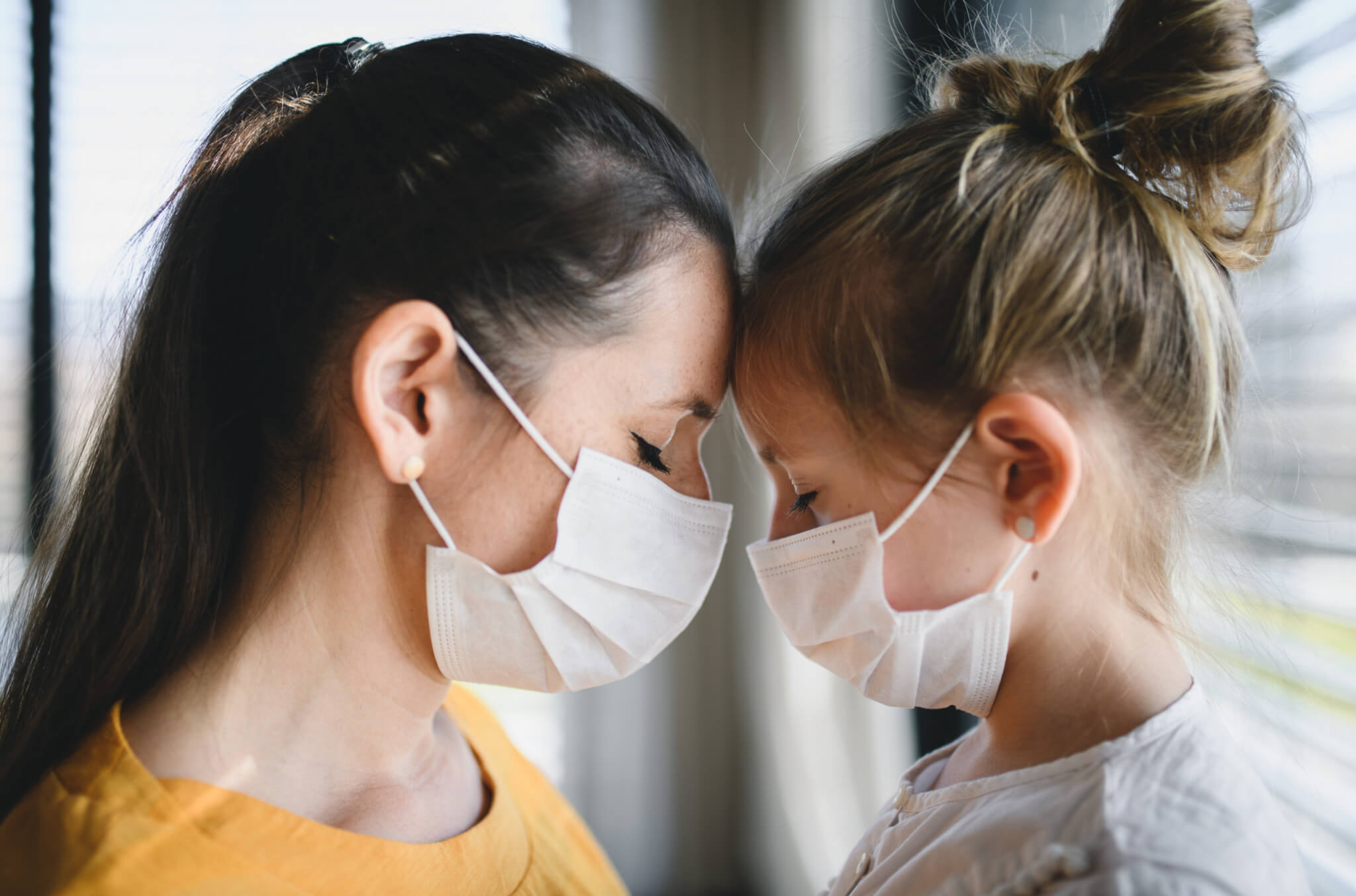GENOA, Italy — Early puberty in girls has spiked during the COVID pandemic, likely due to the rise in sedentary lifestyles, a new study reveals. Researchers working with the Endocrine Society attribute this increase to factors such as heightened screen time and decreased physical activity during lockdowns.
Precocious puberty is a condition where a child’s body begins to develop into that of an adult prematurely, typically before the age of eight. COVID has also been linked to conditions like obesity, a recognized factor in early puberty onset in girls.
This research indicates a “significant” rise in the number of girls referred to pediatric endocrinologists for precocious puberty over the past two years.
“Our study confirms the rise in precocious puberty diagnoses during COVID-19 and identifies contributing factors such as poor eating and exercise habits, too much screen time, and impaired sleep,” says Professor Mohamad Maghnie of the University of Genoa and the Giannina Gaslini Institute in Genoa, Italy, in a media release. “We found an increase in weight gain among girls diagnosed with precocious puberty during the pandemic, and rapid increase in body weight is associated with advanced pubertal development.”

The team analyzed the occurrence of precocious puberty in 133 girls from Italy before and after the COVID-19 pandemic. They also studied the potential correlation between the pandemic and related lifestyle changes.
The researchers observed 72 cases of precocious puberty over the four years preceding the pandemic and found 61 cases alone between March 2020 and June 2021. They also noted that girls diagnosed with precocious puberty during the COVID pandemic typically had higher body mass index (BMI) scores compared to those who weren’t diagnosed. These girls also reported an average of two hours of electronic device use per day, with 88.5 percent ceasing any physical activity.
“The role of stress, social isolation, increased conflicts between parents, economic status, and the increased use of hand and surface sanitizers represent potentially further interesting hypotheses as to why early puberty is increasing in youth,” adds Professor Maghnie. “Although, the consequence of biological adaptation cannot be entirely ruled out.”
The study is published in the Journal of the Endocrine Society.
South West News Service writer Stephen Beech contributed to this report.

